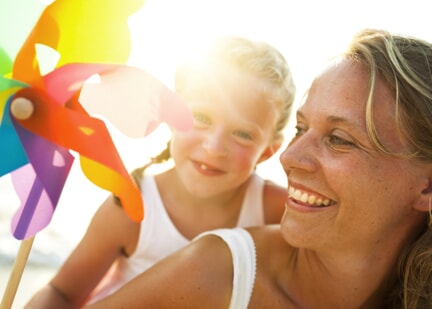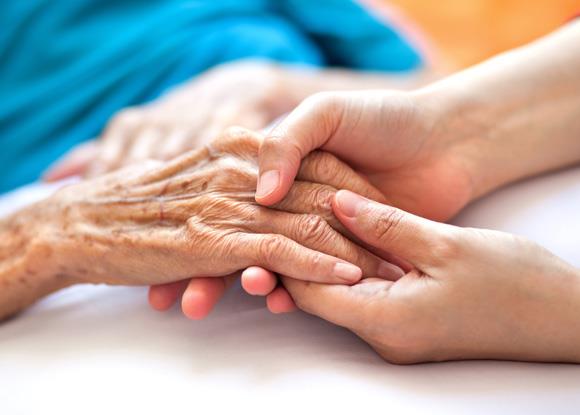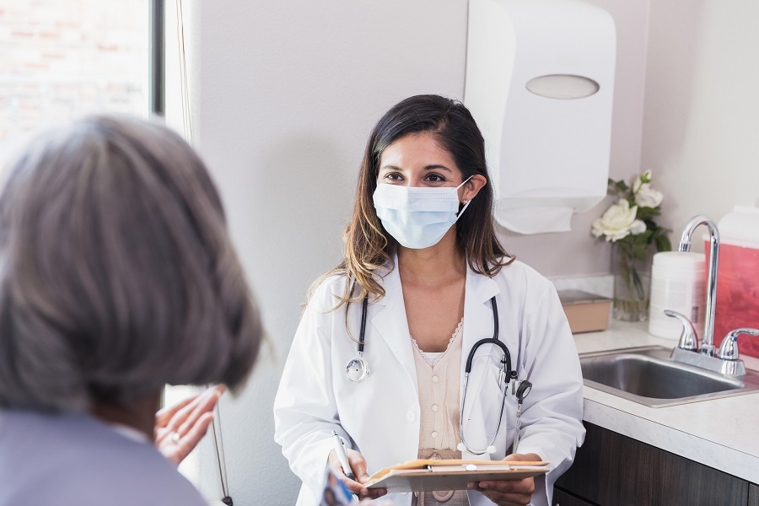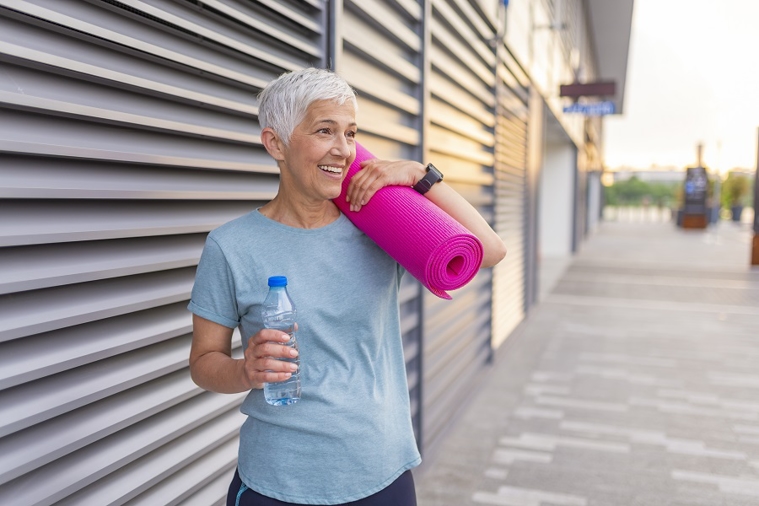When Fun In the Sun Isn’t
May 1, 2022

Skin cancer is a concern at any age. However, as we age, it’s easy to drop our guard. And for many of us, protection from the sun is something we’ve never practiced or we’ve started later in life.
Most skin cancers result from sun damage that has accrued throughout our lives. Years of boating, hiking, gardening and other outdoor activities begin to add up. Studies show it only takes 15 minutes of sun exposure to damage the skin. Take a moment to consider the amount of exposure you have experienced during your lifetime.
Why does this matter? The skin is especially vulnerable to sun damage since it covers the entire surface of the body. It is the first organ to come in direct contact with sunlight and damage begins the moment we are first exposed to the sun as babies.
According to the Skin Cancer Foundation:
- Skin cancer is the most common cancer in the United States and worldwide.
- 1 in 5 Americans will develop skin cancer by the age of 70.
- More than 2 people die of skin cancer in the U.S. every hour.
- Having 5 or more sunburns doubles your risk for melanoma.
- When detected early, the 5-year survival rate for melanoma is 99 percent.
What Causes Skin Damage and Skin Cancer?
Multiple factors play into the cause of skin damage and cancer. Understanding how they affect you will aid in determining your next steps.
Ultraviolet Rays
Ultraviolet rays, most commonly referred to as UV rays, come from the sun and are absorbed by the body. Since the skin is the body’s largest organ and covers every inch, it is most susceptible to damage due to immediate contact.
Rays are their strongest between 12-4 p.m. when the sun is overhead and at its brightest. Because you can’t feel or see UV rays, it is easy to forget they are present even on cloudy days.
A word of caution, tanning beds and sun lamps also generate UV rays and are just as harmful.
Genetics and Melatonin
Before his untimely passing, Stephen I. Katz, MD, PhD, who at the time was the director of the National Health Institute’s National Institute for Arthritis and Musculoskeletal and Skin Diseases wrote, “One of the major factors affecting skin health is genetics, which determines the pigment content of your skin (melatonin). This affects how much protection you have from natural sunlight.
“Certain genetic mutations contribute to the melanoma (a type of cancer) onset in certain people. Although darker-skinned people have a lower risk for sun-related damage and disease, people of all races and skin color can still get skin cancer.”
Benefits of Sun Exposure
Sunlight is not all bad and in brief amounts is beneficial to your health. Ten to 15 minutes of exposure a day is all that is needed to:
- Maintain strong bones by producing vitamin D to generate healthy calcium levels. Additionally, vitamin D strengthens the immune system to help reduce the risk of illness and aid in recovery of some injuries and illnesses.
- Improve sleep by signaling to the body it is time to wake or sleep, key factors in regulating the circadian rhythm and melatonin levels. The presence of melatonin can also help reduce stress.
- Improve your mood and help fight depression by boosting the level of serotonin in the body. This chemical has been shown to help those suffering from seasonal affective disorder, which impacts people sensitive to reduced sunlight during the fall and winter.
Identifying Skin Cancer
Many skin cancers are discovered by primary care and internal medicine physicians during annual exams and other visits. Proactive monitoring on your part may identify areas of concern before your yearly physical and result in quicker diagnosis and treatment. Two things you can do:
- Examine your body regularly for unusual areas and changes of concern such as:
- Shape, color and size of an existing mole or sunspot.
- Texture, bleeding and sustained irritation or itching.
Download our handy ABCDEs of skin cancer self-assessment sheet here.
- Add a visit to a dermatologist at least once a year for in-depth evaluation and recommendations. To find an Adventist Health experienced dermatologist, visit www.AdventistHealth.org/Doctors
What Can You Do?
Beginning today you can lessen your skin cancer risk. The American Cancer Society recommends several simple steps to reduce exposure to UV light:
- Stay in the shade
- Limit sun exposure between 10 a.m. and 4 p.m. when the sun is most intense
- Wear clothes to cover your skin
- Use sunscreen and apply it correctly
- Protect your eyes
- Avoid indoor tanning
Share Your Knowledge with Loved Ones
More wisdom from Dr. Katz, “The time to really start sun protection behavior is not when you reach adulthood, but years before.
“The message to parents and caregivers is that now is the time to start protecting your child against skin damage from over exposure, when your child is developing sun exposure habits, and when they have many more years of potential sun exposure ahead of them.”


